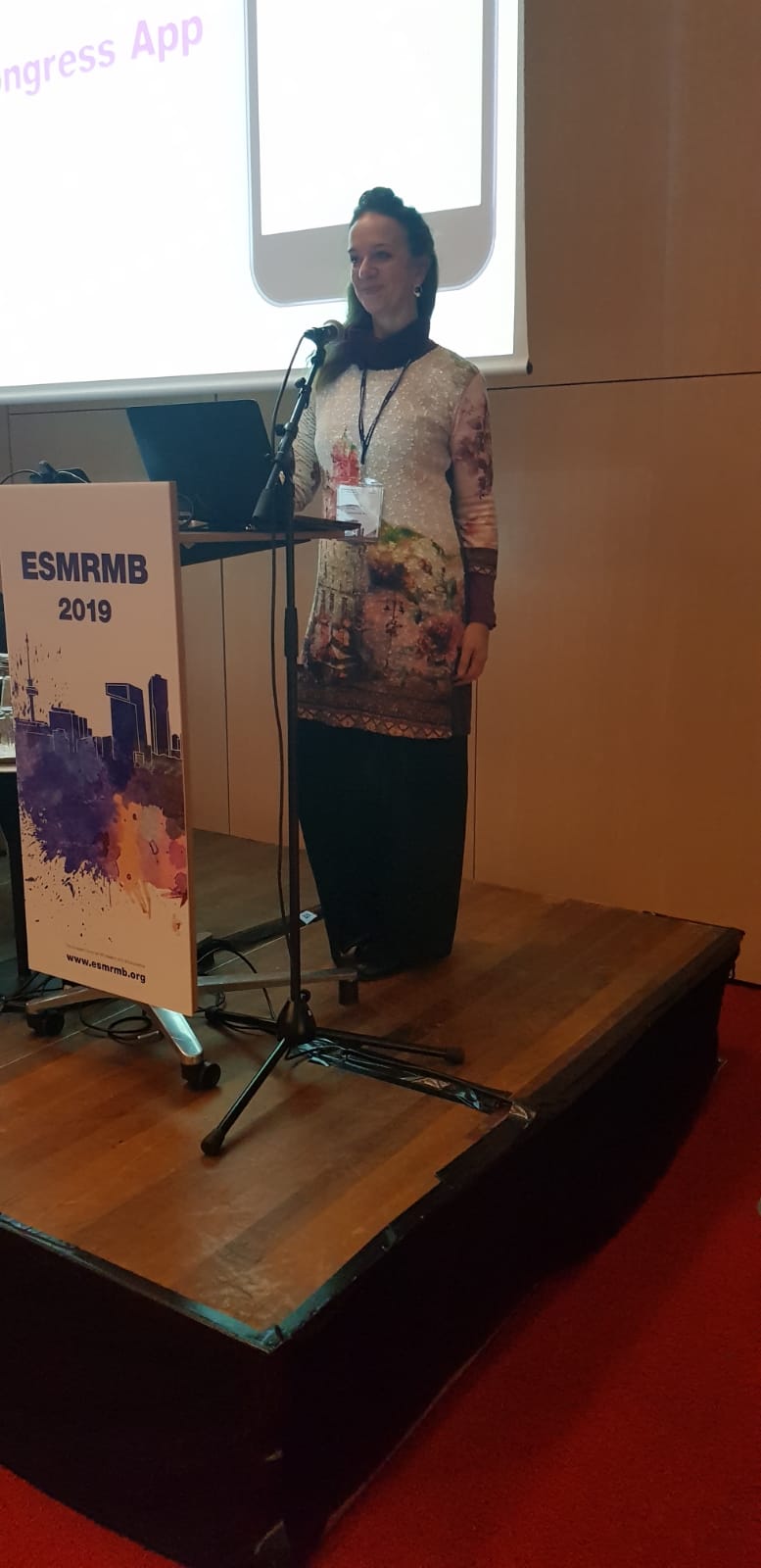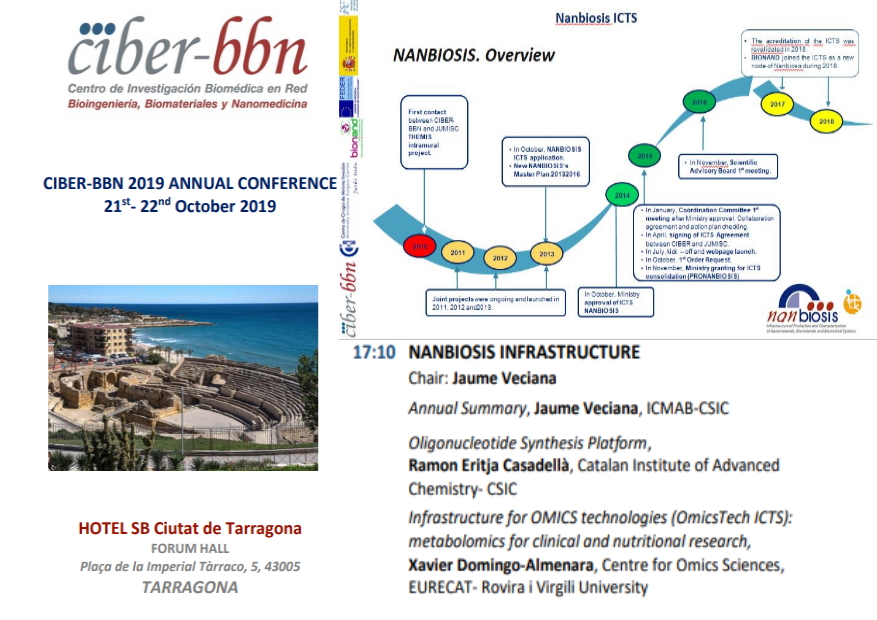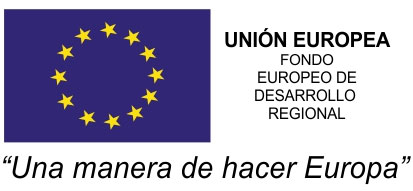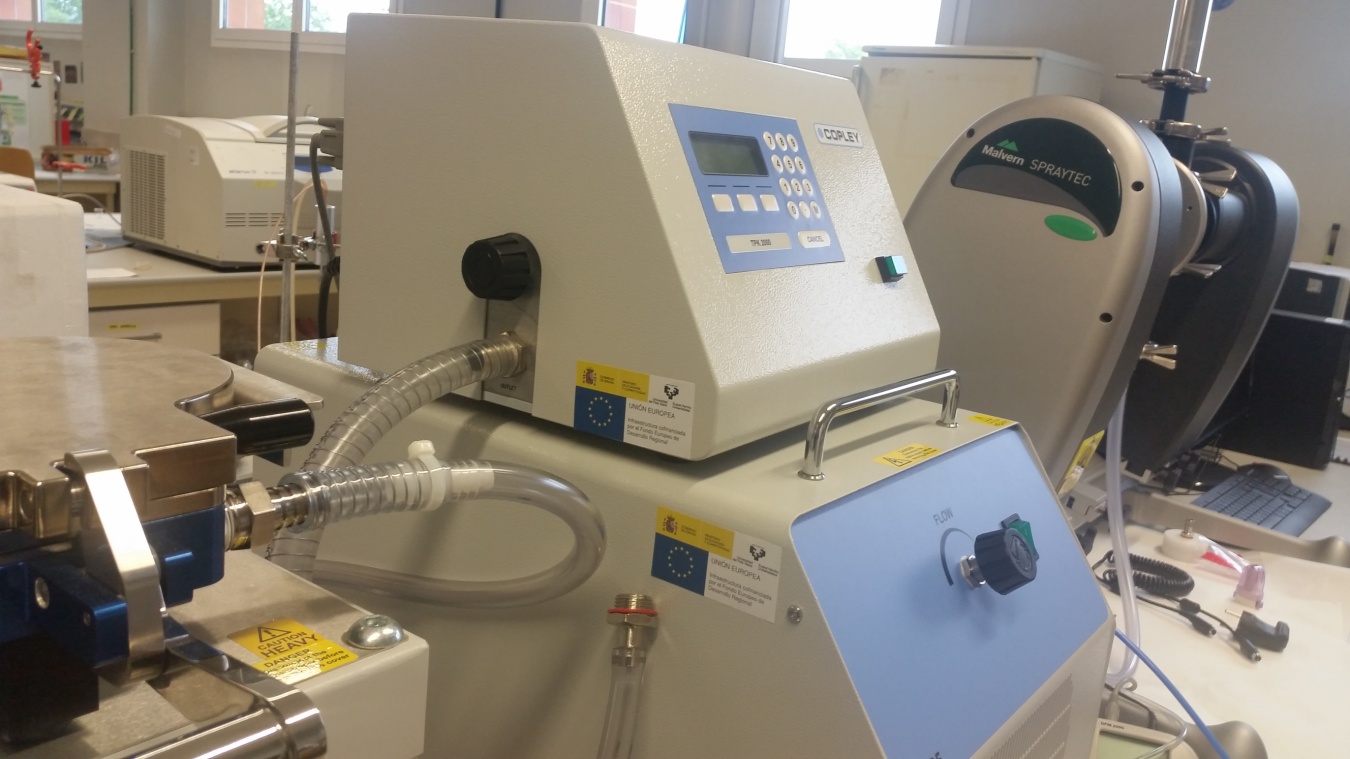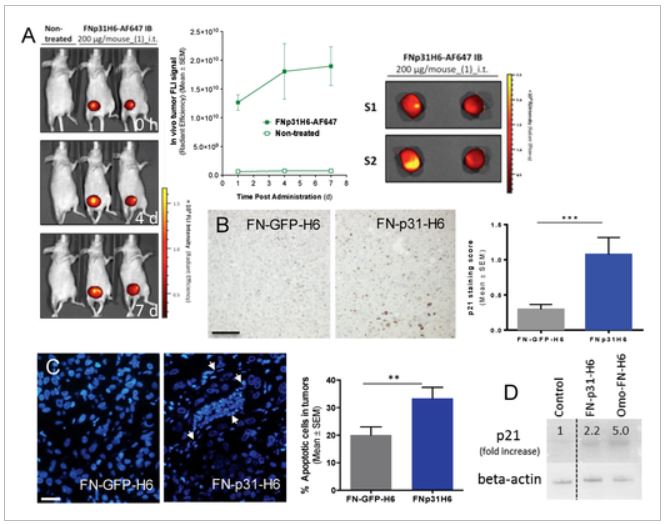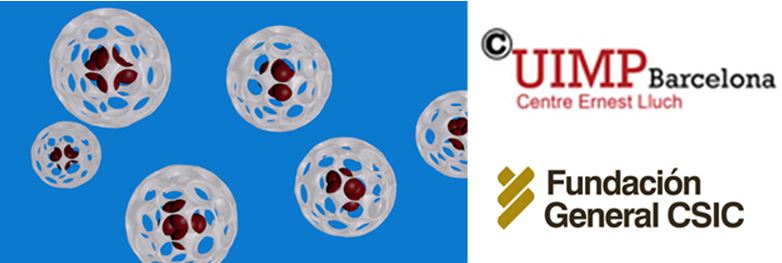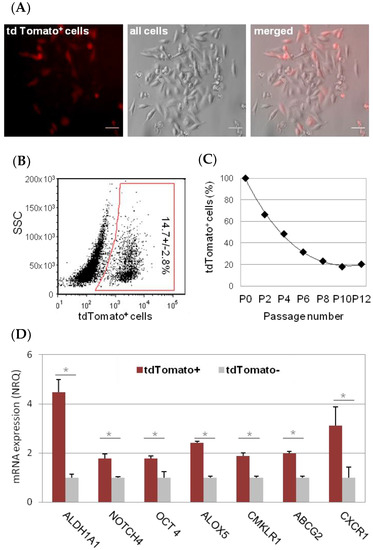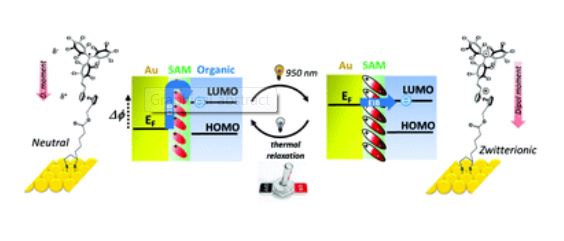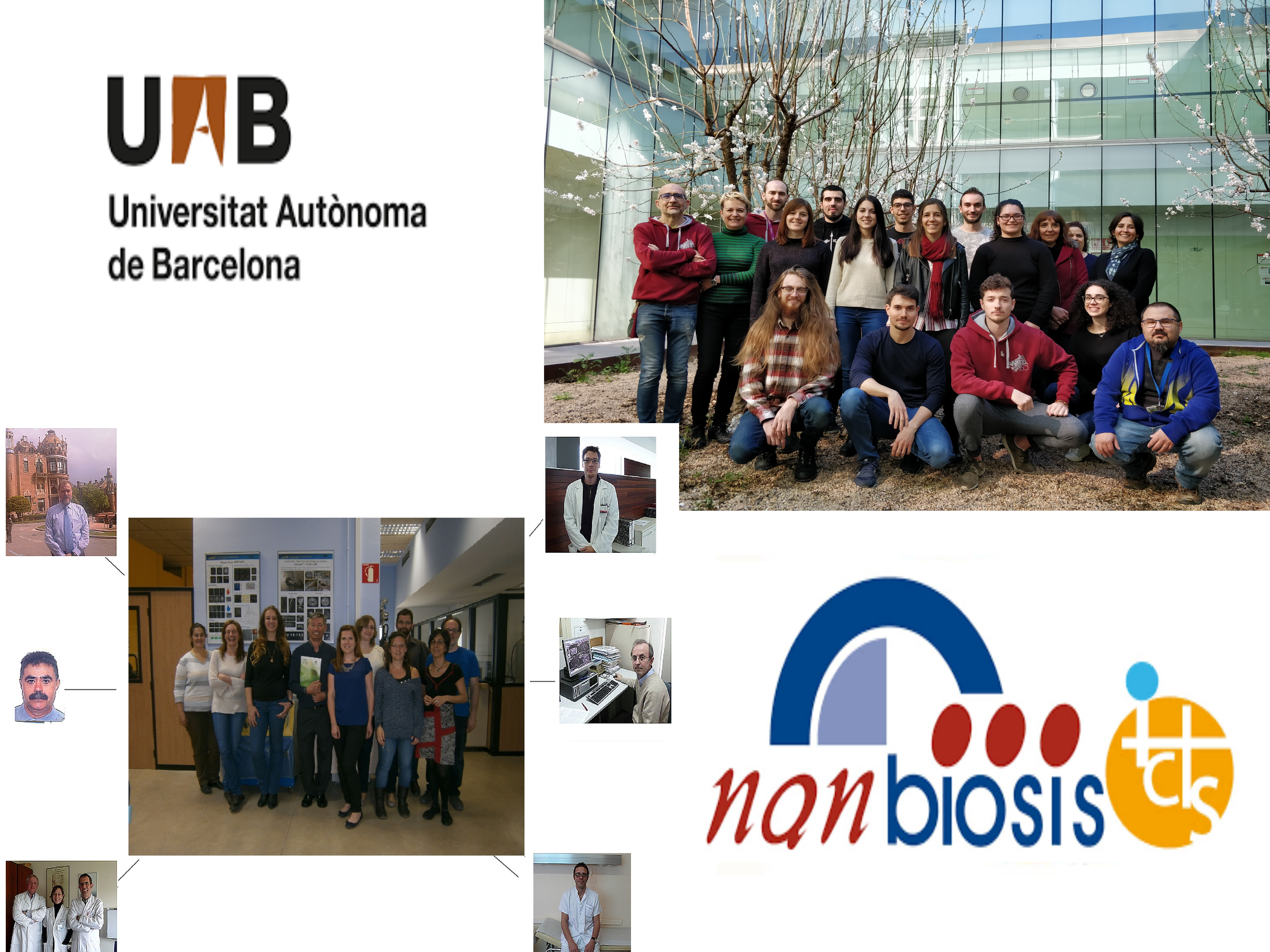Preclinical brain tumour therapy response assessment with MRSI approaches: Oral presentation awarded to Ana Paula Candiota
NANBIOSIS U25 scientific coordinator, Ana Paula Candiota, has recently presented a scientific work about preclinical brain tumour therapy response assessment with MRSI approaches in the 36th annual meeting of ESMRMB held in Rotterdam, Netherlands, October 3-5. Work was entitled “Oscillatory pattern of response in MRSI-based Glioblastoma therapy follow-up: an immune system biomarker?” and was awarded an oral presentation in the scientific session of Animal Models: Brain & others
Article of refrence:
L. Villamañan, P. Calero, S. Wu, N. Arias-Ramos, M. Pumarola, S. Ortega-Martorell, M. Julià-Sapé, C. Arús, A.P. Candiota. Oscillatory pattern of response in MRSI-based Glioblastoma therapy follow-up: an immune system biomarker? European Society for Magnetic Resonance in Medicine and Biology (ESMRMB) 2019. Rotterdam, NL. Oct 2019.
